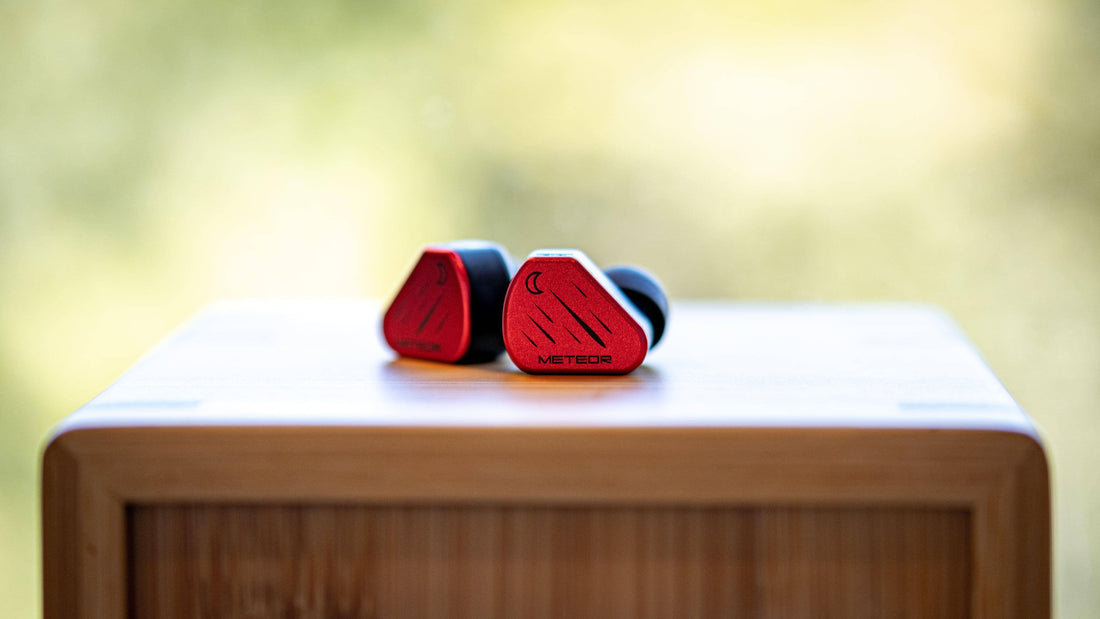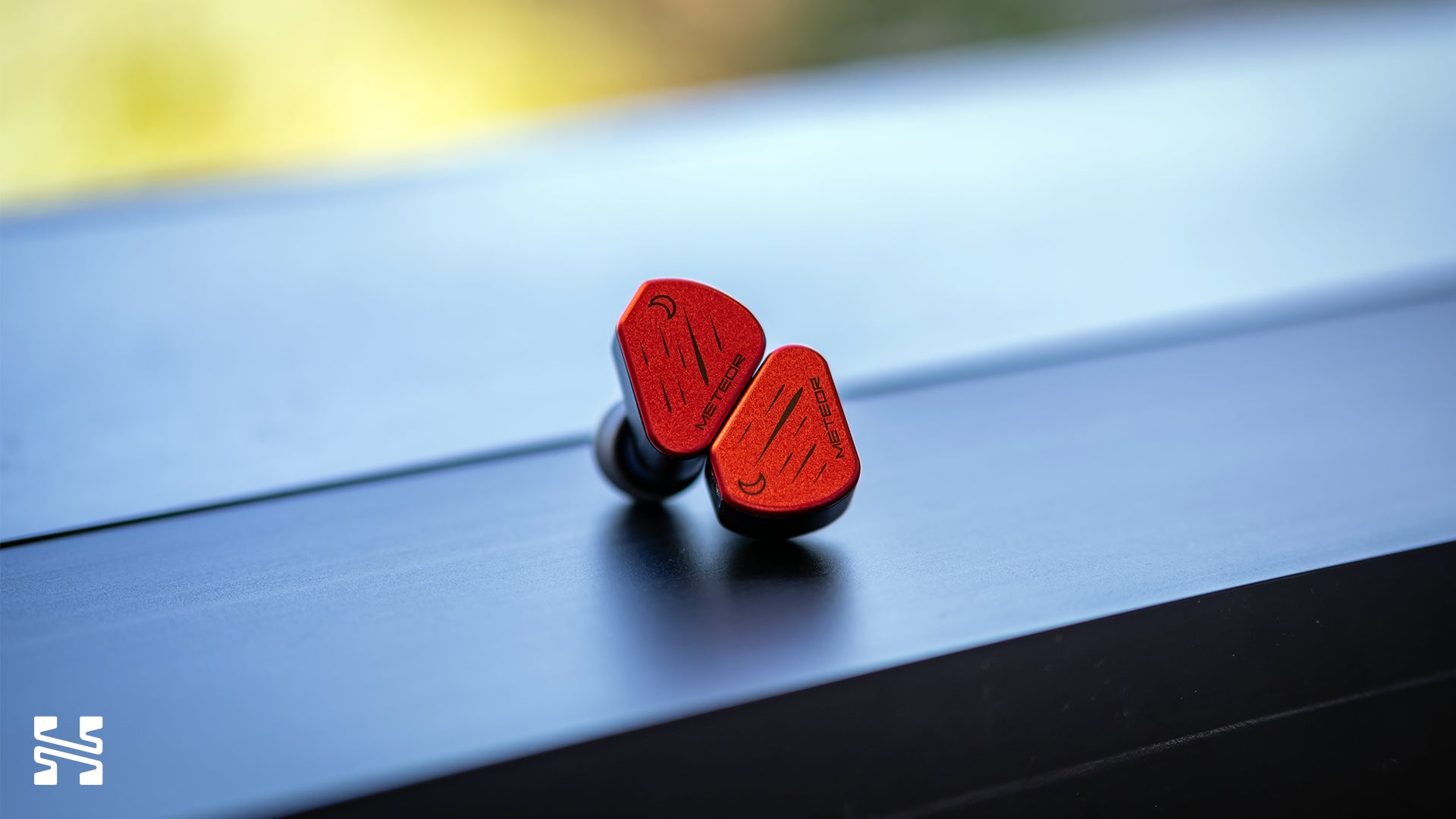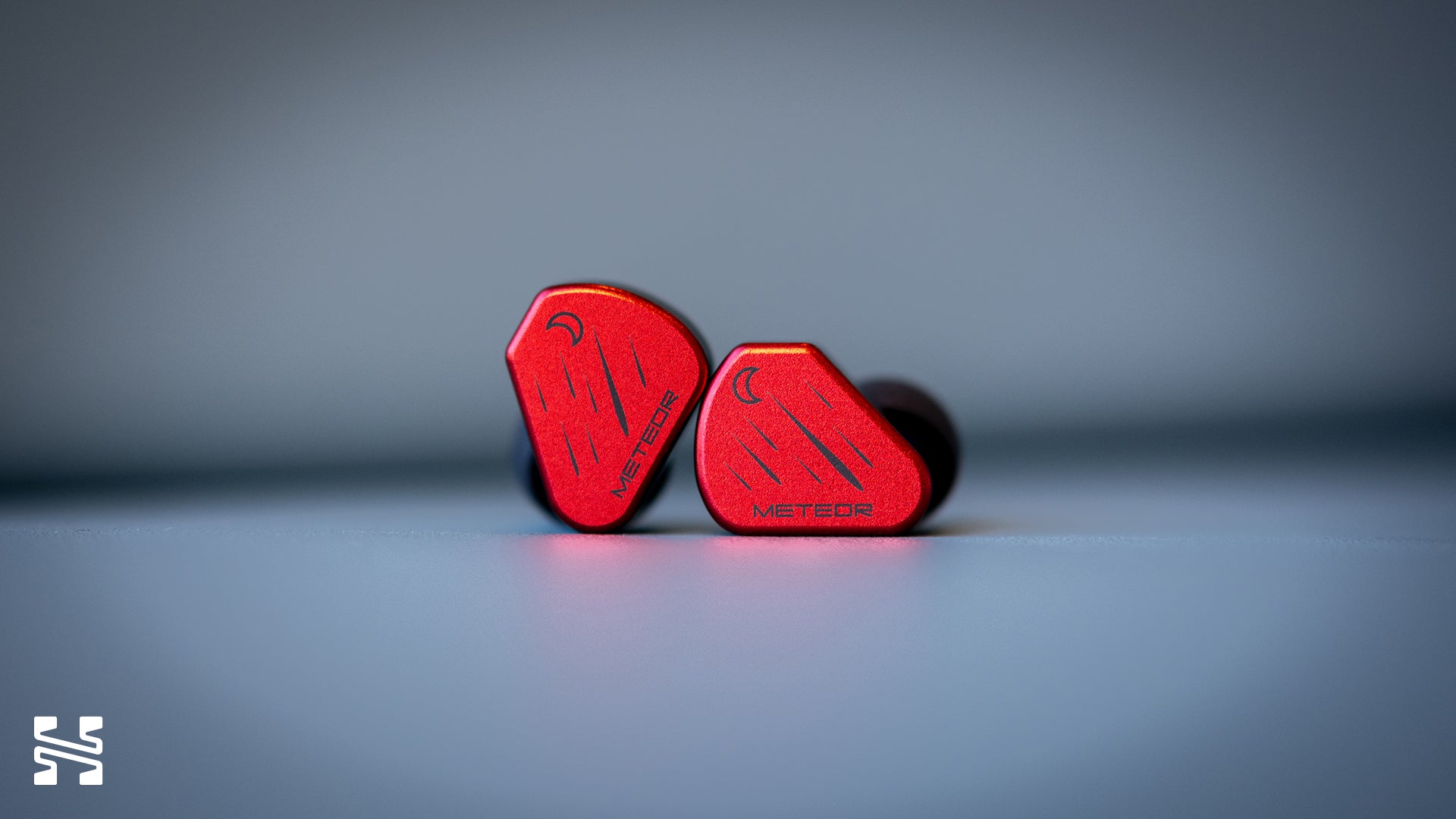Symphonium x Nightjar Meteor Extended Impressions Review: BAs for Bassheads?

Introduction
If you’ve never heard of Symphonium Audio, you might want to pay attention. Along with fellow Singaporean brands, Subtonic and Nightjar, they’ve set out on a mission to challenge some of the best IEMs in the business. The first Symphonium product I heard was the $1,100 Symphonium Helios. It made enough of a splash to take a spot on our IEM buying guide. But the Helios isn’t the only recent IEM they have in their arsenal. Today I’ll be giving you my extended impressions of the Symphonium x Nightjar Meteor, their entry level collaboration product that costs $600.00. This IEM was previously reviewed by my friend Precogvision if you want to read a more in-depth analysis from a different perspective.
Note that this is an extended impressions article, not a full review. While I haven’t had as much time with them as I would in a full review, I’ve heard them several times on multiple occasions. Enough to form a solid opinion that likely isn’t to change with more listening.
Build and Comfort
Like the Helios, the shells of the Meteor are made fully out of metal and feel extremely sturdy. But unlike the Helios, they’re significantly smaller and lighter. If you had issues fitting the Helios, that’s likely not a problem with the Meteor. However, it doesn’t have any venting holes for its 4 balanced armatures (BA) set-up so be aware if you find the pressure build-up from inserting IEMs to be uncomfortable. Personally, I didn’t have any issue with the fit. It actually feels a little weird to be using shells these small now that so many IEMs are moving towards larger and larger designs. I do wish the nozzle length was a little longer so I could fit it a little deeper into my ears but that’s a minor nitpick.

Sound Impressions
I heard the Meteor three separate times before writing this article. The first was at CanJam NYC 2023 right after I just had a serving of some of the best IEMs on the planet. It was… alright. Decidedly bassy with a down-tilted signature. I quickly moved on. The second was at a local meet-up. It gave me a better glimpse into the Meteor’s nature and how its BAs handled the bass response but I still found it had an overpowering low-end and wasn’t quite to my taste. However, I wanted to give the Meteor a fair shake so I decided set-up a dedicated round three of listening before committing any thoughts to paper.
Yup, still a very bassy IEM. Like my first impression, there is a general down-tilted tonality from the bass into the treble. However, the Meteor does make up for it with a little patch of brilliance and zing somewhere in the mid-to-upper treble. This treble gives the Meteor a slight U-shaped signature as the treble emphasizes hats and cymbals notes. The transients of their BAs focus on the transient crisp and shimmer of these instruments but their decay is mostly lost. As such, the treble can sound artificially boosted. This isn’t a major knock against the Meteor, however. Treble is probably the most difficult of all regions to get right in a headphone or IEM and it’s only the truly outstanding ones that manage to check most of my boxes. The Helios, for example.

The bass of the Meteor is a dominating force. No matter what track I played, the bass is front and center of the music. As for the bass itself, it has a reminiscent BA-like quality to it. Notes don’t decay in the way a traditional dynamic driver would. Instead, the Meteor has a clean transient attack followed by a hard, defined cut-off in its trailing tones. It doesn’t take any musical information away from the note per se; it’s a timbral quirk often attributed to BA IEMs. The prominence of Meteor’s bass amplifies this perception. You might see this described in a few different ways - Precogvision for example phrases it as a slightly “plasticky” sound. Personally, I rarely (if ever) hear things as “plasticky” but I can understand the sentiment. There’s just a different type of sound.
That said, “BA bass” isn’t necessarily bad. The Meteor’s bass is more authoritative and harder hitting than most IEMs in this price bracket. There’s a body and weight to the impact of these notes, though I’d say it’s more of a function of its sheer quantity. There’s also excellent control. While I can see an argument for too much bass, I never got a sense that there was bass bleed or bloat. The Meteor’s midrange is precisely colored per its tonal vision.
But whether or not that coloration is always desirable is another question. I have no complaints with the upper midrange structure. Individually, the pinna gain is quite nicely done. Vocals and instruments are well-defined. The Meteor’s bass, however, casts a large shadow. I find the Meteor as a whole to be thick and steeped in warmth. Not in a “lush” manner; just lots and lots of warmth. I didn’t notice it at first but the Meteor can feel smothered when listening for a longer period of time, especially when you take a break and let your ears relax.
I’d say my subjective impressions do line-up fairly well with the Meteor’s frequency response graph. Here is a measurement of it borrowed from Precogvision’s review. Remember that it’s taken with a IEC-711 clone microphone so the peak at 8 kHz is likely an artifact of the rig.

At first glance, this is quite a nice graph. Above the bass shelf we have an excellent upper mid pinna structure and a bit of a relaxed lower treble region. While upper treble information isn’t reliable on these graphs, we can see that there is quite a bit of energy somewhere that leads to that U-shaped, boosted perception I mentioned. The bass shelf is where all that coloration comes in. The Meteor has as much gain in the midbass at 125 Hz as it does with its upper mids. In effect, it puts all of that bass energy in-your-face. While it does slope off nicely into the midrange, that bass presence combined with a relaxed lower treble is where I hear the Meteor to perhaps be overly thick.
In terms of the more subjective technical performance, the Meteor puts up a reasonable show but falls short of price/performance kings like the MoonDrop Variations or Blessing 3. Its resolving ability doesn’t strike me as anything special despite the presence of a mid/upper treble boost. Soundstage is similarly middle-of-the-road for me. But its imaging and layering ability has a commendable precision to it that prevents the Meteor from feeling congested. The Meteor’s dynamic ability tends to be limited to the bass.

Conclusion
Like the Helios, the Meteor also takes a spot on our buying guide under Precogvision’s recommendation. While I don’t disagree, I’m not quite as enthusiastic about it. When I look at an IEM, I generally think about three qualities. Price-performance, enjoyability, and uniqueness. Ideally, an IEM would check every box. Realistically, that doesn’t always happen. That’s the case with the Meteor. It’s a rather unusual IEM in how it brings a bass-heavy, slightly U-shaped tuning that’s saturated in the lower mids. However, it does so with a BA sound instead of a traditional DD that so often sports this signature. It doesn’t stand out in price-performance and I’m rather ambivalent on how much I enjoy listening to it. But I think the Meteor has carved out a niche for itself that no other IEM delivers in quite the same way, particularly if you like (or are agnostic) to the way BAs present bass. Though my preferences are more in-line with an IEM like the Blessing 3, I do think it’s worth trying to see if you fall within that subgroup that Symphonium has created the Meteor for.
